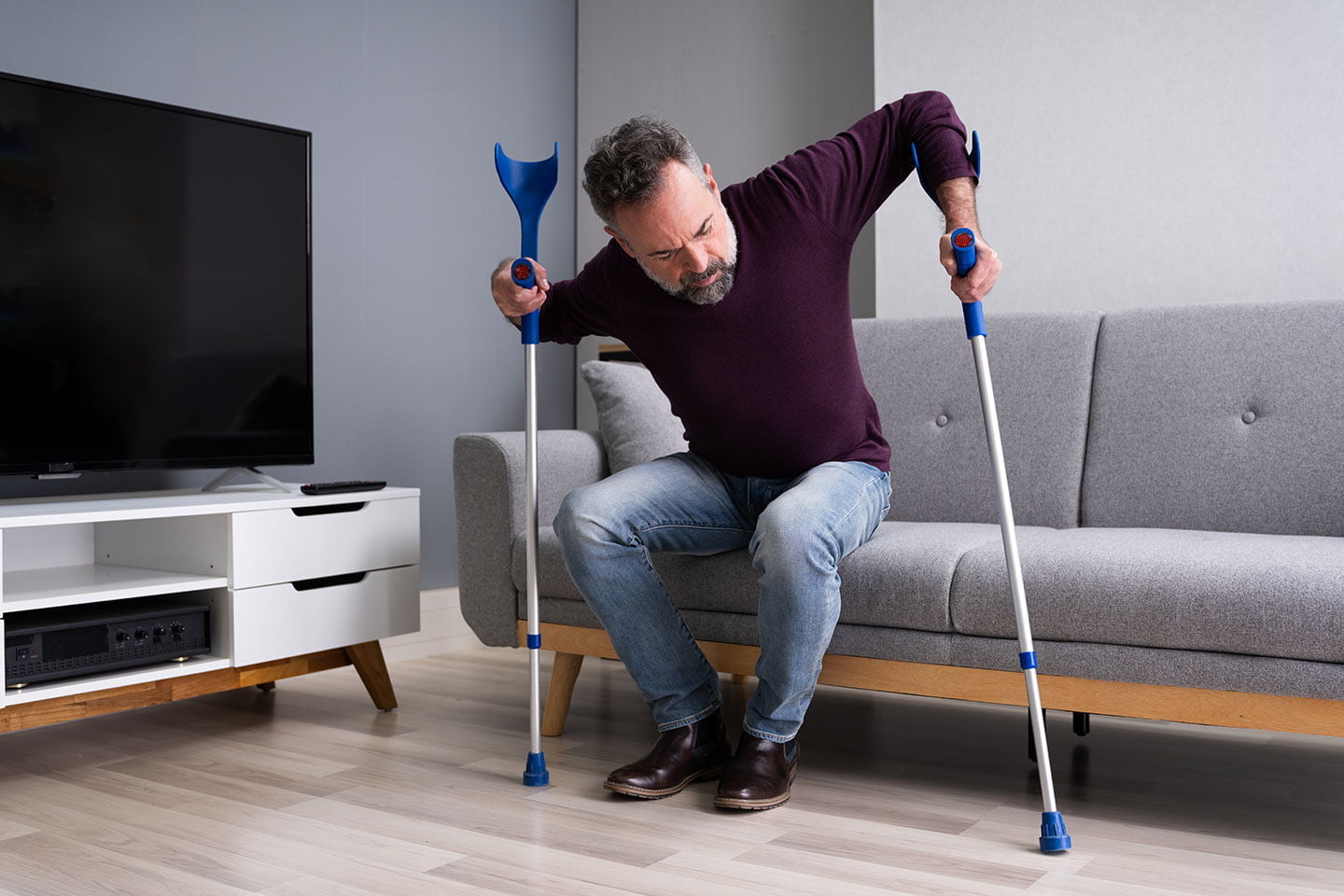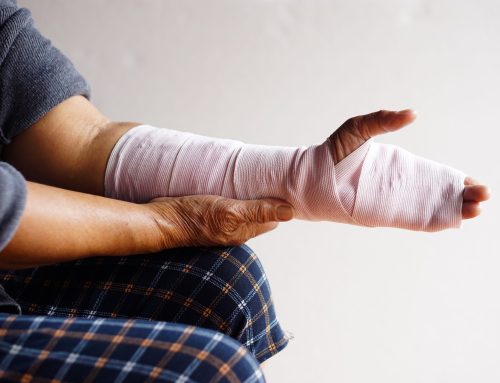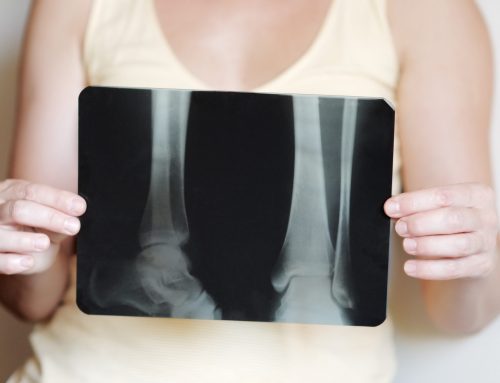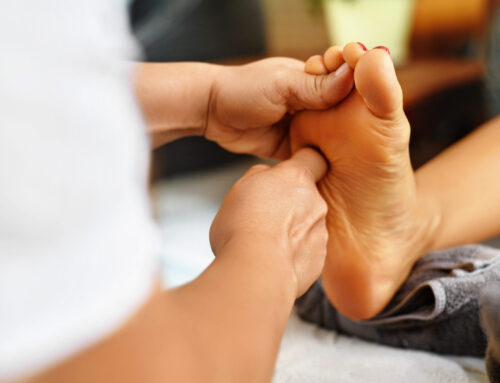Fractures and broken bones are common occurrences that can happen at any age. However, the bone healing process for a fracture can significantly differ depending on age.
Are you curious how age affects fracture healing? If so, then read on as we discuss how age impacts fracture healing.

Fractures Happen Regardless of Age
Various factors, including traumatic injuries, medical conditions, and lifestyle habits, can cause bone fractures and impact the bone healing process. Some of the most common causes of bone fractures include:
Traumatic injuries: Trauma is the most common cause of bone fractures. Traumatic injuries can include falls, sports injuries, motor vehicle accidents, and other types of impact injuries. Traumatic fractures can occur in any bone in the body; however, the most commonly affected areas are the wrist, ankle, and hip.
Overuse: Repetitive stress on a bone can cause it to become weak and eventually fracture. Strain from overuse is common in athletes and individuals who perform repetitive motions, such as runners or dancers.
Osteoporosis: Osteoporosis is a medical condition that causes bones to become weak and brittle. This condition can increase the risk of fractures, especially in older adults. Common areas for osteoporotic fractures include the hip, wrist, and spine.
Medications: Some medications, such as corticosteroids, can weaken bones and increase the risk of fractures.
Cancer: Cancer that has spread to the bones can weaken them, making them more prone to fractures. This condition is known as a pathological fracture.
Lifestyle habits: Certain lifestyle habits, such as smoking and heavy alcohol consumption, can weaken bones and increase the risk of fractures.
Medical conditions: Certain medical conditions can increase the risk of fractures. These conditions include osteogenesis imperfecta (a genetic disorder that causes bones to be brittle) and Paget's disease of bone (a condition that causes abnormal bone growth).
Some individuals may be even more susceptible to bone fractures due to a combination of these factors. For instance, an older adult with osteoporosis who falls may be at a higher risk of fracturing their hip than a younger, healthy individual who falls. Learn more about how aging affects your bones.
Life Stages & Impact on Fracture Healing
Fracture Healing in Infants & Children
Babies and young children have greater bone regeneration and healing capacity than adults. Their bones are still growing, and they have more stem cells, which can help repair and regenerate damaged bone tissue more quickly. Additionally, their bones are more pliable, making it easier for them to realign themselves during the healing process. Children also have a higher metabolic rate, meaning their bodies can produce new bone tissue more quickly.
Fracture Healing in Teenagers
Teenagers are still growing but have less bone regeneration and healing capacity than infants and young children. As a result, they may experience longer healing times than younger children. Additionally, teenagers who have not yet reached their peak bone mass may be at increased risk of developing osteoporosis later in life.
Fracture Healing in Adults
Adults typically have a slower healing time than children, and the healing process may take longer as a person ages. Our bodies produce fewer stem cells as we age, and our metabolic rate slows down. Additionally, older adults may have other health conditions that can slow fracture healing. These conditions include diabetes, osteoporosis, or poor circulation.
Fracture Healing in the Elderly
Elderly individuals often have more fragile bones due to age-related bone loss or osteoporosis. This fragility can make fractures more common and healing more difficult. Additionally, the elderly may have other health factors affecting their fracture healing, such as poor nutrition, chronic diseases, or medications that can slow the healing process.
Fractures can happen regardless of your age. However, as we've learned in this article, age can significantly impact the fracture healing process. Infants and young children typically have the greatest capacity for bone regeneration and healing, while older adults may experience longer healing times and have more complications. It’s an interesting fact that our bones actually begin to age much sooner than we think. Our bones are considered “old” by the time we are 30 years old.
Whether you've experienced a sports injury, a bad fall, or a medical condition that weakens your bones, a fracture can significantly disrupt your daily lifestyle. You want your fracture to heal properly so you can return to your daily lifestyle. The great news is that you can take control of your healing process with a low-intensity pulsed ultrasound device that advances the healing of fresh, delayed, and non-union fractures.
Fracture Healing devices are available directly to patients and clinics. Contact us today to learn more about faster fracture healing options.
Do you believe age is a significant factor in fracture healing? Have you noticed age impacting your recovery time? Share your thoughts with our readers in the comments below.






Leave A Comment